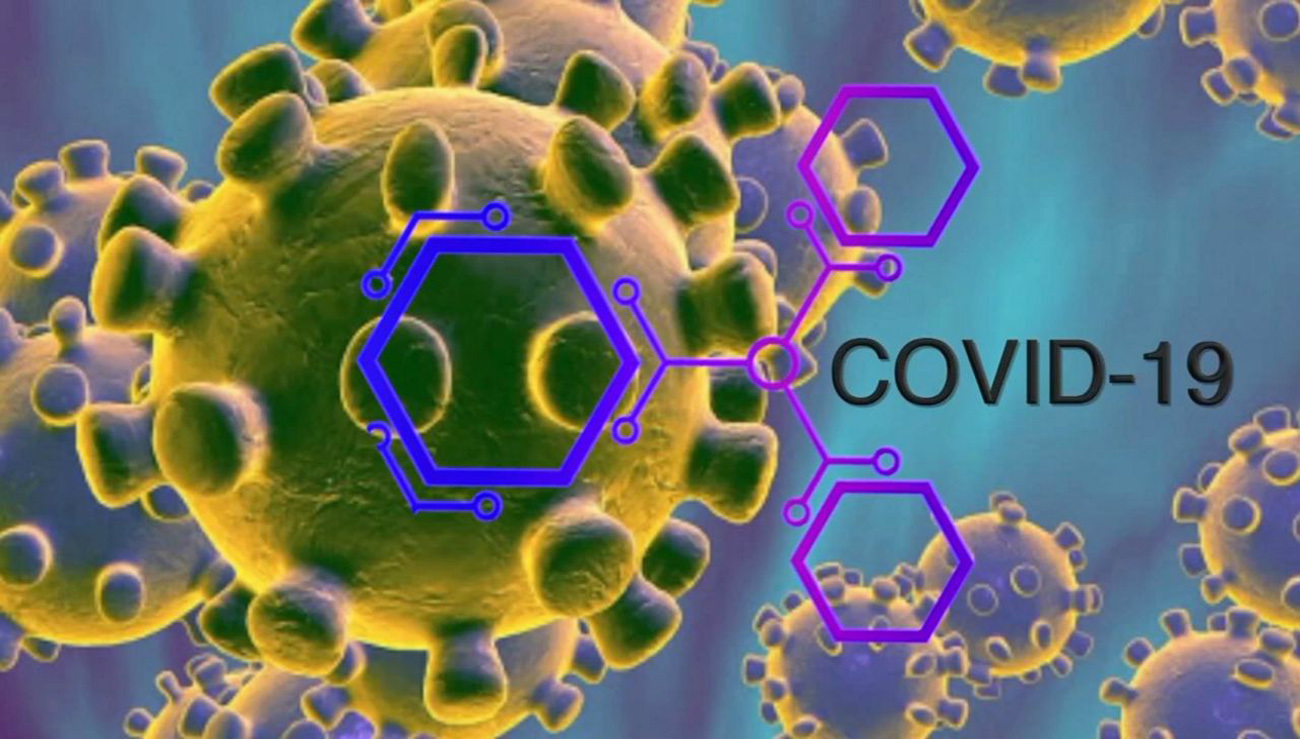
Antioxidant Potential of Glycyrrhiza glabra L. roots: In-Vitro Evidences
Abstract:
Background: The study was aimed to determine the mechanism of antioxidant effects of Glycyrrhiza glabra L. (GG) roots using in-vitro assays.
Methods: The various extracts of GG roots were prepared and evaluated for DPPH scavenging, reducing effects and nitric oxide inhibiting activities. Prepared extracts were screened for the presence of various phytochemicals and quantified on the basis of phytochemical present therein.
Results: The results showed that all the prepared extracts contained phenolic compounds. Also, extract showed appreciable antioxidant effects in all three assays employed. However, among prepared extracts, ethylacetate extract was found to have strong free radical inhibition, ferric reducing potential and nitric oxide inhibitory effects. The reason for high antioxidant activity in ethylacetate extract could be attributed to the significant amount phenol compounds present in it.
Conclusion: Evidently, GG’s capacity to scavenge free radicals, reducing potential and inhibit nitric oxide contributes to its antioxidant effects and thus, could be a strong candidate for developing antioxidant based drug therapy.
Author(s):
DOI:
https://doi.org/10.15415/jptrm.2020.81002
Keywords:
Glycyrrhiza Glabra, Antioxidant, Phenolic Compound, Free Radical
References:
Ahmed, D., Khan, M.M., & Saeed, R. (2015). Comparative analysis of phenolics, flavonoids, and antioxidant and antibacterial potential of methanolic, hexanic and aqueous extracts from Adiantum caudatum leaves. Antioxidants, 4(2), 394-409. https://doi.org/10.3390/antiox4020394
Basu, S., & Hazra, B. (2006). Evaluation of nitric oxide scavenging activity, in vitro and ex vivo, of selected medicinal plants traditionally used in inflammatory diseases. Phytotherapy Research, 20(10), 896-900. https://doi.org/10.1002/ptr.1971
Działo, M., Mierziak, J., Korzun, U., Preisner, M., Szopa, J., & Kulma, A. (2016). The potential of plant phenolics in prevention and therapy of skin disorders. International Journal of Molecular Sciences, 17(2), 160. https://doi.org/10.3390/ijms17020160
Liguori, I., Russo, G., Curcio, F., Bulli, G., Aran, L., Della-Morte, D., Gargiulo , G., Testa , G., Cacciatore, F., Bonaduce, D., & Abete, P. (2018). Oxidative stress, aging, and diseases. Clinical Interventions in Aging, 13, 757-772. https://doi.org/10.2147/CIA.S158513
Lubos, E., Handy, D.E., & Loscalzo, J. (2008). Role of oxidative stress and nitric oxide in atherothrombosis. Frontiers in Bioscience, 13, 5323-5344. https://doi.org/10.2741/3084
Pandey, K.B., & Rizvi, S.I. (2009). Plant polyphenols as dietary antioxidants in human health and disease. Oxidative Medicine and Cellular Longevity, 2, 897484. https://doi.org/10.4161/oxim.2.5.9498
Pastorino, G., Cornara, L., Soares, S., Rodrigues, F., & Oliveira, M.B.P.P. (2018). Liquorice (Glycyrrhiza glabra): A phytochemical and pharmacological review. Phytotherapy Research, 32(12), 2323-2339. https://doi.org/10.1002/ptr.6178
Pizzino, G., Irrera, N., Cucinotta, M., Pallio, G., Mannino, F., Arcoraci, V., Squadrito, F., Altavilla, D., & Bitto, A. (2017). Oxidative Stress: Harms and Benefits for Human Health. Oxidative Medicine and Cellular Longevity, 2017, 8416763. https://doi.org/10.1155/2017/8416763
Singh, V., Kahol, A., Singh, I.P., Saraf, I., & Shri, R. (2016). Evaluation of anti-amnesic effect of extracts of selected Ocimum species using in-vitro and in-vivo models. Journal of Ethnopharmacology, 193, 490-499. https://doi.org/10.1016/j.jep.2016.10.026
Szymanska, R., Pospisil, P., & Kruk, J. (2016). Plant-derived antioxidants in disease prevention. Oxidative Medicine and Cellular Longevity, 2016, 1920208. https://doi.org/10.1155/2016/1920208
Unuofin, J.O., & Lebelo, S.L. (2020). Antioxidant effects and mechanisms of medicinal plants and their bioactive compounds for the prevention and treatment of type 2 diabetes: An updated review. Oxidative Medicine and Cellular Longevity, 2020, 1356893. https://doi.org/10.1155/2020/1356893
Uttara, B., Singh, A.V., Zamboni, P., & Mahajan, R.T. (2009). Oxidative stress and neurodegenerative diseases: A review of upstream and downstream antioxidant therapeutic options. Current Neuropharmacology, 7(1), 65-74. https://doi.org/10.2174/157015909787602823
Veeresham, C. (2012). Natural products derived from plants as a source of drugs. Journal of Advanced Pharmaceutical Technology & Research, 3(4), 200-201. https://doi.org/10.4103/2231-4040.104709




